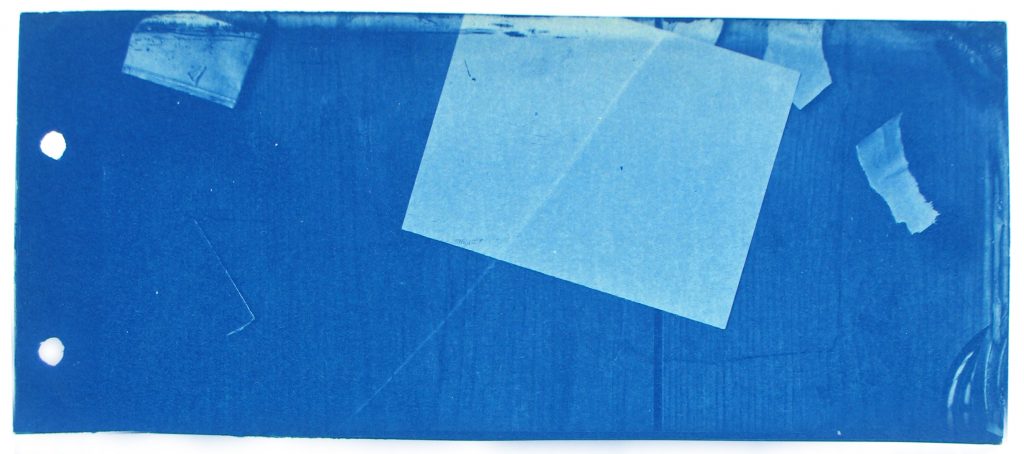
Arturo The Poet was so extremely poetic he did nothing. Poetry was everywhere for him, so that poetry was also in the nothings and non-things. One time the Poet had bumped his shin on his dresser and so he wrote a poem about it. Now he had a scab there, on his shin, and his poem about the blemish made mention about how it was there, existing, even without having a particularly poetic origin. Bumping into one’s dresser is not exactly an O. Henry irony. However, The Poet found that the lack of an interesting story made this future scar much more poetic than a great battle wound or a broken heart.
Countless poems had already been written about those epic, revelatory moments. And that was the problem. Due to poetic inflation, the poetry economy had suffered from far too much poetry full of meaning and symbolism. Everything was so deep and sooo thoughtful. Why not something just simply about a boring old unimportant shin-scar? The value of a metaphor had been declining for years, and one could hardly exchange a whole collection of sonnets for anything at all these days. The market simply couldn’t support any more poetry. Poeconomic collapse was looming.
Arturo the Poet changed all that – accidentally.
He didn’t try to make millions (even if he did in the end). He just wanted to get away from what every hack out there was regurgitating with their symbolism and entendre.
So, he set about changing his brand. First he tried going by “Poet Art,” then simply Arturo as a pictogram instead of a word, and even tried “Poetry Pete, an Arturo Production.” He finally settled on something simpler: the Poet of Nothing. Out in his workshop he scrapped all his old poetry tools and got new ones that allowed him to write with less metaphorical accuracy. He invested in a couple simile eradicators. He trashed his old thoughts of substance and left the bins sitting empty.
Henceforth, the Poet of Nothing wasn’t going to write about just anything.
His new line of poems were about non-things, or even about nothing at all. One time he had even managed to not write a poem. And it published! Boy, did it sell like nothing ever had before. This non-poem was published Nowhere, and is not on display any Place. But still the crowds flooded his studio to not see it and not hear it unperformed. They practically threw money at him for the brilliance of the thing.
Critics didn’t like it, but that’s no surprise. They labeled it gimmicky rather than innovative. Somebody published a review of it, calling it “nothing special”. But for some reason, the crowds loved it even more after the horrible reviews. They just seemed to Get It. Some found the non-thing as actually a thing quite special.
Months later, after his millions were made and remade, The Poet of Nothing realized that his industry and the poetry economy had needed something like a nothing poem to catapult an influential leader to the top of the field. Everybody was waiting, even if they didn’t know it, for something to happen, but nobody had expected this. Nobody expected a grand nothing to happen.
And wouldn’t you know it, before long, everybody was writing non-poems and it became the new normal. Nothing’s and non-things flooded the market. The value of a metaphor rose for a little while, but eventually so did the cost of producing one.
As demand rose, supply soared, and soon nothing was everywhere. Arturo’s production costs kept climbing, and he spent nearly everything he earned from his first big hit to keep producing them: these non-poems, the nothings. But at this point everybody had had all the Nothing they could ever want. And now they didn’t even want Something any more, either. Eventually, broke and remarkably un-famous now, the Original Poet of Nothing faded, rather poetically, into the cacophony of myriad nothings and was lost from the public eye.
Everybody moved on. But not the Poet. Not Arturo. While working on his next big idea, he died in obscurity, apparently from a minor shin wound that went untreated and got infected.
Those who wish to pay respects can make the long pilgrimage to a rather plain, unlabeled tombstone located, fittingly, in the middle of nowhere. Absent all markings and dates, save for an epitaph, the simple stone reads:
Visitors often leave nothing at the grave, although one member of the concerned public, a geologist, left a note explaining that sandstone was probably not the best choice for a grave marker, as it would be fully eroded and absent before long.